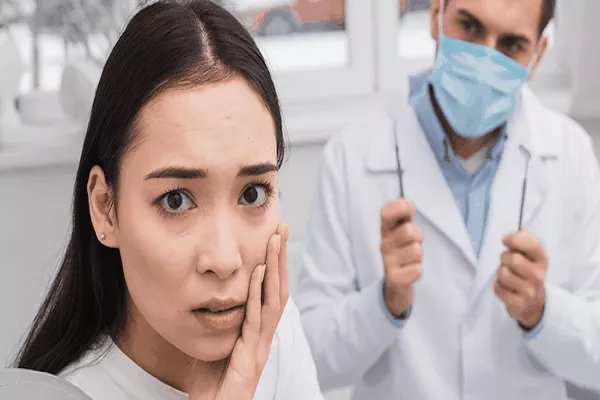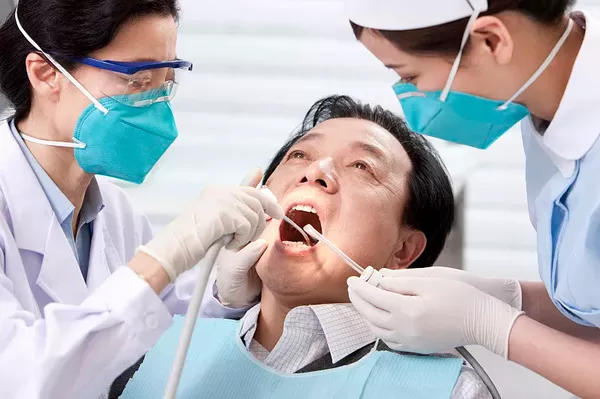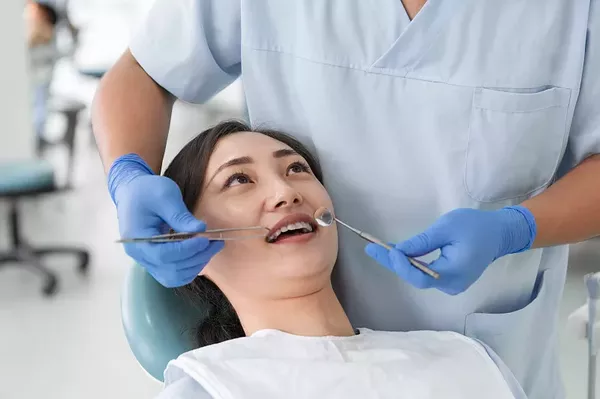Orthodontic retainers play a vital role in maintaining the results of orthodontic treatment. These custom-made devices help keep your teeth aligned and prevent them from shifting back to their original positions. Just like braces, retainers require proper care to ensure their effectiveness and longevity. Cleaning orthodontic retainers is crucial to prevent the buildup of bacteria, plaque, and odors. In this article, we will explore the various soaking solutions commonly used to clean orthodontic retainers, providing insights into their effectiveness and best practices.
Why Clean Orthodontic Retainers?
Retainers are in constant contact with your mouth, which makes them susceptible to collecting food particles, bacteria, and plaque. Failing to clean your retainers properly can lead to bad breath, increased bacteria growth, and even potential oral health issues. Cleaning your retainers helps maintain their hygiene, keeps your oral health in check, and ensures your investment in orthodontic treatment yields lasting results.
Common Soaking Solutions for Cleaning Retainers
Water Soak: One of the simplest and most accessible methods is to soak your retainers in lukewarm water. This can help loosen debris and make it easier to brush off any remaining particles. Water soaking is a mild cleaning method and should be followed by brushing for optimal results.
Denture Cleanser Tablets: Denture cleaning tablets, available over the counter, can be used to soak orthodontic retainers. These tablets contain cleaning agents that help break down stains and kill bacteria. However, ensure that the cleanser is safe for the type of retainer you have (e.g., plastic or metal).
Mouthwash Soak: Soaking retainers in an alcohol-free mouthwash solution can help kill bacteria and freshen them up. Be cautious about using mouthwash with alcohol, as it might damage certain types of retainers.
White Vinegar Solution: A mixture of equal parts white vinegar and lukewarm water can be used as a soaking solution. Vinegar’s mild acidity helps break down plaque and tartar. Remember to rinse your retainers thoroughly after soaking to remove any residual vinegar taste.
Baking Soda Solution: A paste of baking soda and water can be applied to retainers and left to soak. Baking soda’s gentle abrasiveness aids in removing debris and stains. Rinse the retainers thoroughly after soaking to avoid a lingering baking soda taste.
Hydrogen Peroxide Solution: Diluted hydrogen peroxide (3% concentration) can be used to soak retainers. It helps kill bacteria and break down stains. However, consult your orthodontist before using hydrogen peroxide, as it might not be suitable for all types of retainers.
Best Practices for Soaking and Cleaning Retainers
Consult Your Orthodontist: Before using any soaking solution, consult your orthodontist for recommendations. They can guide you on the best cleaning practices for your specific type of retainer.
Avoid Hot Water: Hot water can distort or damage certain types of retainers, especially those made of plastic. Stick to lukewarm water for soaking.
Follow Instructions: If you opt for over-the-counter denture cleanser tablets, follow the manufacturer’s instructions carefully. Improper use might lead to damage.
Brush Before Soaking: Brush your retainers gently with a soft-bristle toothbrush before soaking. This helps remove loose debris and prepares the retainers for effective soaking.
Rinse Thoroughly: After soaking, rinse your retainers under running water to remove any residue from the soaking solution. Lingering residue can affect taste and might not be suitable for oral contact.
Regular Cleaning: Clean your retainers daily, preferably after meals, to prevent the accumulation of debris and bacteria.
Store Safely: When not in use, store your retainers in a clean, dry container to prevent contamination.
Conclusion
Properly cleaning your orthodontic retainers is essential for maintaining their hygiene, preventing oral health issues, and ensuring the longevity of your orthodontic treatment results. Various soaking solutions, such as water, denture cleanser tablets, mouthwash, white vinegar, baking soda, and hydrogen peroxide, can effectively clean retainers when used correctly. However, it’s crucial to consult your orthodontist before adopting any cleaning method to ensure its compatibility with your specific type of retainer. By following best practices and maintaining a consistent cleaning routine, you can keep your retainers in optimal condition, enjoy a fresh smile, and safeguard the investment you’ve made in your orthodontic treatment.
Related Topics:
































